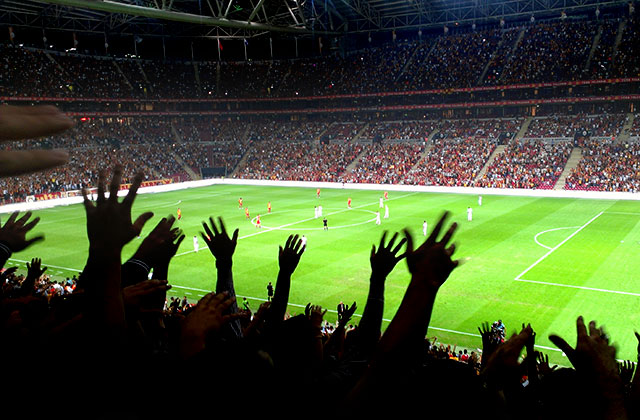Squad numbers, and even shirt numbers are something we rather take for granted these days but it wasn’t until the start of the 1928-29 season that we had shirt numbers at all, with the home side Sheffield Wednesday taking 1 to 11, while a visiting Arsenal outfit, who lost the game 3-2, took to the field wearing numbers 12 to 22. The blurb now on the official Arsenal website reading that: “the introduction of shirt numbers was largely down to the visionary Herbert Chapman. His idea being that it would be easier for players to know where they were on the field in relation to their team mates.”
Although the Football League Management Committee refused to sanction a wholesale scaleout of shirt numbers at the time, they were also worn in the 1933 FA Cup Final between Everton (1 to 11) and Manchester City (12 to 22), with the Toffees the week after defeating the Citizens 3-0 also wearing their numbered shirts in a Football League match against Wolves at Molineux.
Arsenal persevered with the idea as well though and wore numbered shirts once more when they took on FC Vienna, who were actually masquerading as the Austrian national team, in a friendly match, which the Gunners won 4-2 at Highbury in December 1933. While England three months later also wore numbers on the back of their shirts in a trial match, which they lost 5-1, against ‘The Rest’ at Fratton Park, but the Football League still weren’t willing to budge as the idea was dismissed during their 1934 general meeting.
Somewhat like the modern day game though television started to have its say with the first televised match being, coincidentally enough, a specially staged one between Arsenal and Arsenal Reserves in September 1937. While the following April a match between England and Scotland was shown live, shortly followed by the 1938 FA Cup Final contested by Huddersfield Town and Preston North End.
It would assist the viewer, with just black and white pictures on the go of course, that players would be easier to pick out with numbers on their backs, and so at the Football League Management AGM in 1939 the proposal of having shirt numbers was put to the vote, with incoming president William Cuff turning aside a proposal for numbers to be optional, with the motion for all the clubs to have them being carried by a narrow margin of 24 for and 20 against.
So, shirt numbers were then worn officially for the first time in the Football League at the start of the 1939-40 season, with both sides wearing 1 to 11, while a rule was also inserted stipulating that numbers had to be allocated to specific positions of the 2-3-5 formation. The older ones among us remembering those as goalkeeper 1, right back 2, left back 3, right half 4, centre half 5, left half 6, right winger 7, inside right 8, centre forward 9, inside left 10 and left winger 11.
As time moved on, through the dark years of World War Two and its lengthy aftermath, further innovation then came at the 1954 World Cup when each player in a country’s 22-man squad was given a shirt number to last for the duration of the tournament. 1 to 11 lining up in their normal positions, while 12 to 22 became a lucky dip as far as positions were concerned.
Next up then was putting names above numbers on the back of shirts with that being introduced for the first time at international level at the 1992 European Championships in Sweden, with that also being the first occasion that the England national team had worn shirts resplendent with both names and numbers.
Player names then made their debut at top-flight level in England in the 1993 League Cup Final, with Arsenal and Sheffield Wednesday once more involved, and once more again when they met in the FA Cup Final of the same year, with the Gunners taking home both trophies. While in June 1993 the Premier League decided at its AGM that players should start wearing shirts bearing both their names and numbers at the start of the division’s second season of existence in the 1993-94 campaign.
